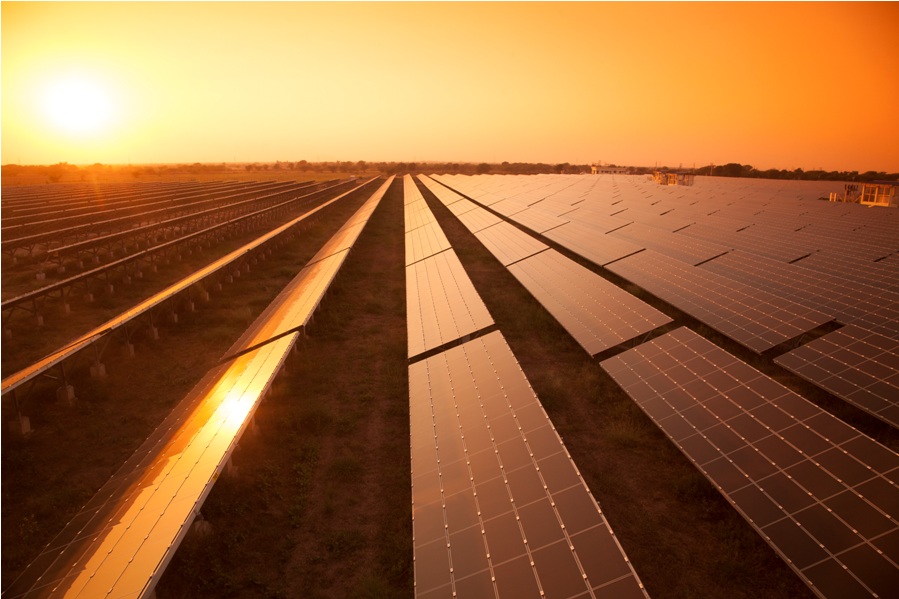India’s renewable energy pursuits crossed an important milestone with grid-connected solar power capacity touching 20 GW, according to information released by Mercom India Research.
Mercom has estimated that out of this 20 GW, around 18.4 GW has come from ground-mounted utility plants while the remaining 1.6 GW is from rooftop installations. The top state for solar installations was Telangana, followed by Karnataka, Andhra Pradesh, and Rajasthan, Mercom said.
When the National Solar Mission was announced by the then UPA government, sometime in 2010, India had targeted to achieve 20 GW of cumulative solar capacity by 2022. However, when the NDA took over, the target was significantly hiked to 100 GW, and the time schedule was initially set to 2020. This was in early 2015. Subsequently, the target year was reset to 2022 so that it could coincide with the original UPA-set timeline, and it would also mark the terminal year of the XIII Plan period (FY19 to FY22).
“The government’s revised solar installation target of 100 GW by 2022 has recently been clashing with Prime Minister Modi’s “Make in India” Initiative to promote domestic manufacturing. The recently announced 70 percent preliminary safeguard duty recommendation, the ongoing anti-dumping case, and a 7.85 per cent port duty on imported modules are together creating an atmosphere of regulatory uncertainty that is taking a toll on the industry and slowing down installation activity,” said Raj Prabhu, CEO of Mercom Capital Group.
The year of the Sun
The year 2017 was significant in that solar was the biggest source of new power generation capacity addition. Mercom has estimated that new solar capacity in 2017, at 9.6 GW, accounted for 45 per cent of the total capacity additions. Wind was the second most installed power source with 19.6 per cent followed by coal at 18.9 per cent.
It is also interesting to note that nearly half of India’s cumulative solar capacity of 20 GW was added in 2017 itself. Also, over 80 per cent of the total current capacity has been added in the past three years.
(Featured photograph sourced from Fortum Solar)

